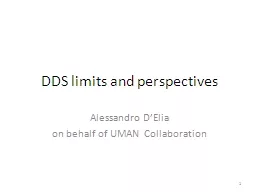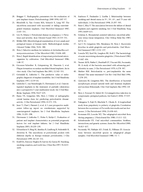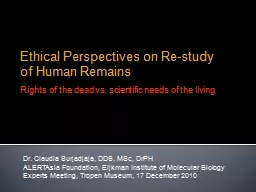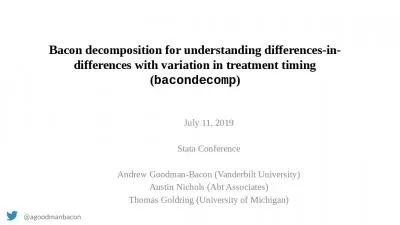PPT-DDS limits and perspectives
Author : myesha-ticknor | Published Date : 2016-08-03
Alessandro DElia on behalf of UMAN Collaboration 1 Damped and detuned design Detuning A smooth variation in the iris radii spreads the dipole frequencies This
Presentation Embed Code
Download Presentation
Download Presentation The PPT/PDF document "DDS limits and perspectives" is the property of its rightful owner. Permission is granted to download and print the materials on this website for personal, non-commercial use only, and to display it on your personal computer provided you do not modify the materials and that you retain all copyright notices contained in the materials. By downloading content from our website, you accept the terms of this agreement.
DDS limits and perspectives: Transcript
Download Rules Of Document
"DDS limits and perspectives"The content belongs to its owner. You may download and print it for personal use, without modification, and keep all copyright notices. By downloading, you agree to these terms.
Related Documents














